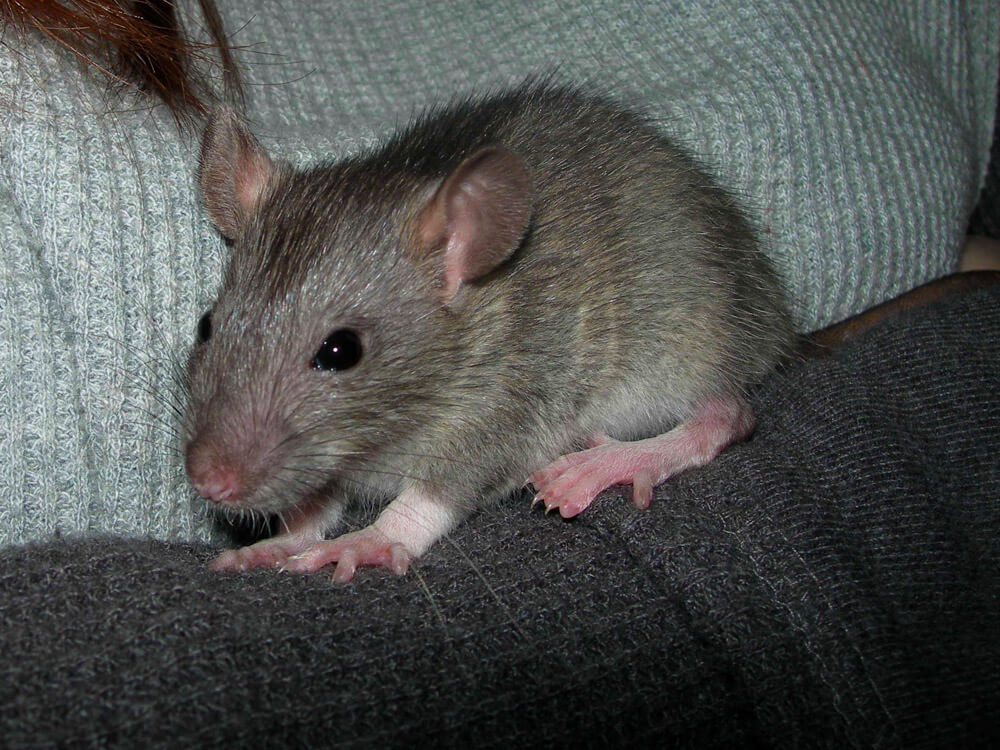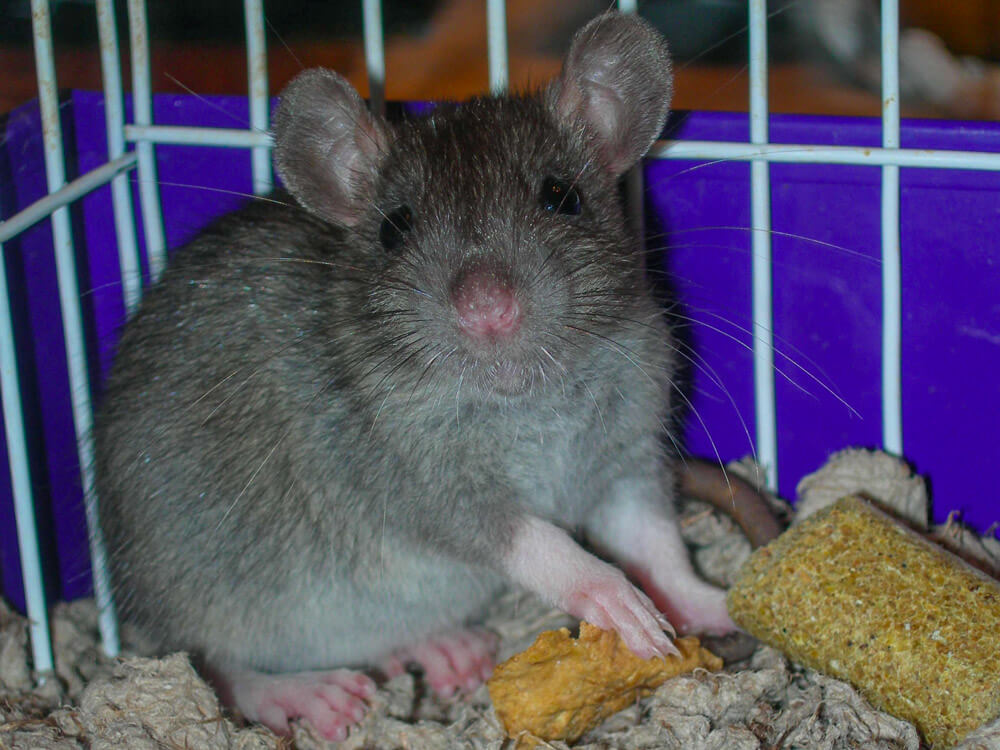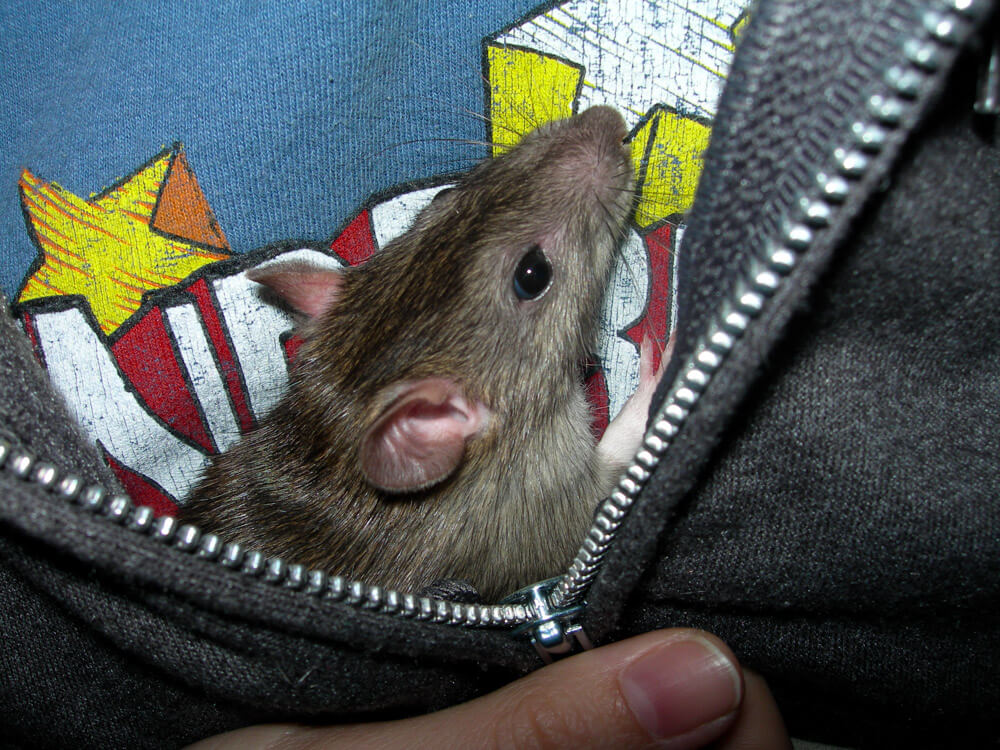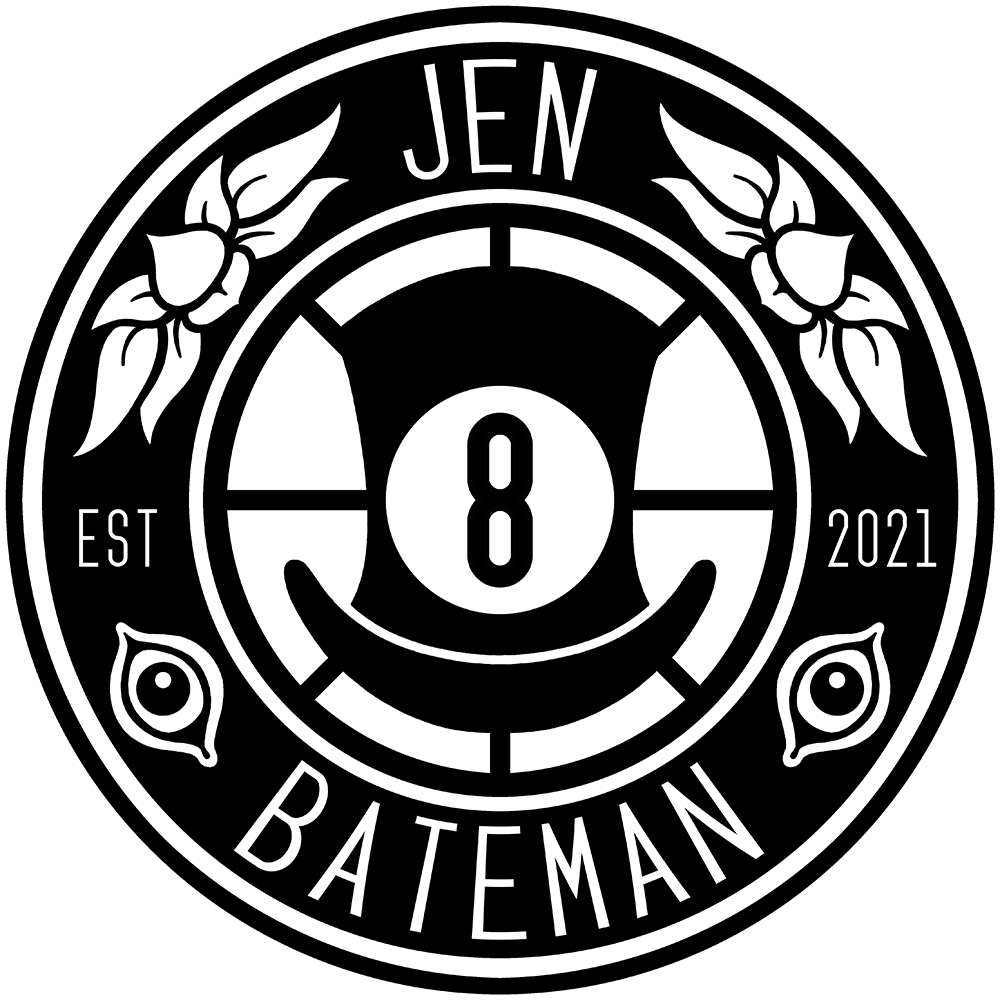Requiem for a Dying Rat
Death is inevitable, but cruelty is a choice. I present to you: the rat.
The nearly 100 year-old building I live in is infested with rats.
Their numbers wax and wane with the seasons, but they are ever-present. The rats were here before me, and the rats will be here after. The sun, the moon, and the stars rise and fall; beneath them — beneath us all — are the rats.
The rats, being rats, do not comprehend that their activities destruct the same building on which we both depend. They do not understand that gnawing on wires could ignite a potentially-suicidal fire. They are unable to perceive the animosity and disgust felt toward them by people. The rats cannot help what they are.
The rats, like all of us, are simply labouring to survive.
Poison
Because the rats primarily remain in the ceiling, floors, and walls, regrettably, poison has proven to be the most effective method of controlling them. The most commonly-available rat poisons are anticoagulants. You may be familiar with the drug Warfarin, which is prescribed to people suffering health conditions caused by blood clots. Anticoagulant rat poisons constitute an overdose of this, or a similar drug, causing the rat to die of internal hemorrhaging; i.e. it bleeds to death.
This is a particularly painful, and sometimes slow, way to die.

Baby Pet Rat “Nutmeg” 7 December 2006
The ethics and necessity of such cruelty are a matter for your own personal morality. I ask only that you remember that the rat is a breathing, living being, as much as you or I. Consider the argument that the end of any life is a process that should be handled with awareness and respect no matter the circumstances.
Try to view the world through the eyes of the rat.
The Dying Rat
I am sitting at the small table in our living room at the end of my day.
While writing notes in preparation for bed, I see movement on the floor in my peripheral vision. I turn, and as my eyes adjust in the low light, the movement repeats. This time, I am able to discern the form of a young rat, perhaps six weeks of age. When I stand suddenly, it is startled, and scurries away.
I rouse Dan, my spouse, to freshly-bait one of two snap-trap tunnels maintained in our kitchen. He places the tunnel near our entryway and retires to sleep. I sit down again and resume my note-writing and planning for the following day.
A few moments later, the movement returns. I turn to face it, silently.
The young rat has reappeared next to the boot tray by our front door. It seems unperturbed by my presence. This is almost always a sign that the rat is being severely affected by illness, poison, dehydration, and/or starvation.
In slow motion, I ease my body up from the chair and inch closer to the ill-fated creature. I squat so close to it that it is barely an arm’s-length away.
Purgatory
For more than an hour, I watch the tiny rat explore the mud mat inside our apartment door. I study the tufts of dust from the baseboards it has collected in its piloerect fur. I notice the pale and withered feet holding it aloft like toothpicks. My eyes follow the sweeping of its whiskers when it stands to sniff the air.
As the rat scavenges along the mud mat, it occasionally stops to sample crumbs of ice melt and salt left from the soles of winter boots. It ignores the ceiling light shining brightly above it. It is unbothered by the slamming of neighbours’ doors down the hall. The rat is consumed to the point of irrationality by its internal distress and discomfort — its hunger, and more urgently, its thirst.
The rat is not self-aware enough to understand that it is dying before its life has even really begun. From its perspective, it is simply labouring to survive.
Entering an almost trance-like state of stillness, I render myself invisible. The young rat’s deteriorated condition leaves it oblivious to me, the predator perched above it. The rat is unable to recognize the external danger it is in. I could cause it great suffering with the snow shovel leaning against the wall, or the steel-toed work boots on my feet. I could easily crush it using heavy books within reach.
These thoughts do not occur to me, just as they do not occur to the rat.
Ghosts
As I watch the young rat, I can feel the ghosts of the many rats I held and loved as pets over the span of a decade in my hands once more. I can feel the softness of their fur, the rapid-fire of their fierce little hearts, and the needle-pricks of their nails. They are licking my fingers with their sand-papery tongues, and gnawing my fingernails, to groom me as if I am one of their own. They accept me.
I blink back tears as grief, fresh and raw as it ever was, surges inside me. I am overwhelmed anew by the powerlessness and loss I experienced when each of my pets died. The only crime the young rat before me has committed was to be born inside an apartment wall instead of an aquarium or cage.
This young rat unwittingly consumed poison deliberately disguised as food by humans. How could it have known? How could it deserve such a fate?

Baby Pet Rat “Nutmeg” 7 December 2006
Upon waking the following morning, the first question I will ask myself is this: Why, in the course of more than an hour, did I not photo or video this creature? But nearly as soon as I ask myself the question, I will immediately understand the answer. I was not there; consequently, I could not have recorded it.
It is an amalgam of anattā and the observer effect in physics.
The Enlightening Rat
While watching the rat, I am not. From the young rat’s perspective, I am an object. I am no different from the hard-shell case of the sewing machine that I eventually sat upon, or the milk crate of massive picture books on the floor.
While watching the rat, so intent I am, that I merge with the rat in its single-mindedness. My identity is dissolved, and along with it, my sense of time.
I become a privileged and unauthorized witness to a private, sacred experience that no one was meant to see. All the inanity and machinations of my human life rescind into nothingness and I watch, with compassion and frustration, this tiny and fragile creature’s world slowly coming to an end. It is humbling.
Death is the end of ego and fear. I am not. The rat is fearless.
Suffering
When I am pulled back into my own body by its urgent calls to sleep, I am left with a dilemma. Do I abandon the rat, attempt to catch and release it, or end its suffering as humanely as possible? Abandoning it there seems unwise.
Eyes swollen from exhaustion and tears, I work to guide the rat into a gallon pitcher laid on its side upon the floor. I theorize I could gently drop the rat into the dumpster, which would not be emptied for a few days. It would likely find food there before expiring, and its poisoned body would not harm any larger creatures that might eat it. The rat does not cooperate with this plan.
After giving up on the pitcher, I abruptly notice the rat slipping into one end of the snap-trap tunnel. As its tail disappears into the darkness, I pick up a piece of cardboard and block the end of the tunnel. I squat close to the trap and listen for evidence of the rat’s activities inside. I can discern faint scratching sounds.
Bracing myself, I wait for the sickening snap! I wait. And I wait.
I imagine the sound of the snap! haunting me for days.
But the snap! does not come. I wait. Nothing.
My dread morphs to confusion.
The Vanishing Rat
When my curiosity can no longer go unsatisfied, I gently carry the piece of cardboard and the snap-trap tunnel outside. I place the tunnel on the smoothly-cut stump of a dead tree. I peer inside the tunnel, cautiously. There are no signs of the rat. I check the other end. Nothing. Both snap-traps remain set.
It is gone. I return to my apartment, carrying the vacant snap-trap tunnel with me. Unlike before, this time the rat does not return. I will not see it again.
The rat’s unquenchable will to survive has spared us both.
I pause to wish it a peaceful transition.
The most logical explanation for what happened is that, like a magician’s slight of hand, the rat was emaciated enough to wriggle past both snap-traps inside the tunnel and escape while my attention was focused on the opposite end.

Pet Rat “Nutmeg” 16 January 2007
However, I prefer to see the rat’s disappearance as a symbol of something profound. I had a choice between behaving cruelly toward the rat out of fear and ignorance, or empathizing with the creature and receiving a glimpse of its inner world. My world is broadened and enriched by these emotional experiences.
I hope seeing the world through my eyes makes yours a little richer, too.
Antidote
We are each given only one lifetime upon this Earth. Life itself is a complex, interdependent system in which we all need each other to thrive. We put our own future in peril when we fail to appreciate and respect the unique contributions all living beings bring to our world — even a brief visitation by a dying rat.
It is a message shared by prophets, philosophers, and sages:
Cruelty is a poison. It may taste filling and sweet when first partaken of, but it will ultimately destroy you from within. Cruel people will always hunger, and they will always thirst, and their appetite for cruelty — once acquired — can never be satiated. Cruelty will bring ruin to life, family, friends, and eventually, society itself. Our world is burning, and human cruelty is fanning the flames.
Compassion and empathy are the antidote to cruelty.
Our ability to care for and empathize with others is an important part of what makes us human. In a world increasingly overtaken by artificial intelligence, the digital, and the inorganic, it is more vital than ever to stay connected to our humanity. Our survival, and the world as we know it, depends on it.
Death is inevitable, but cruelty is a choice. You have a choice.
I pray that in your own life, you will choose wisely.

















